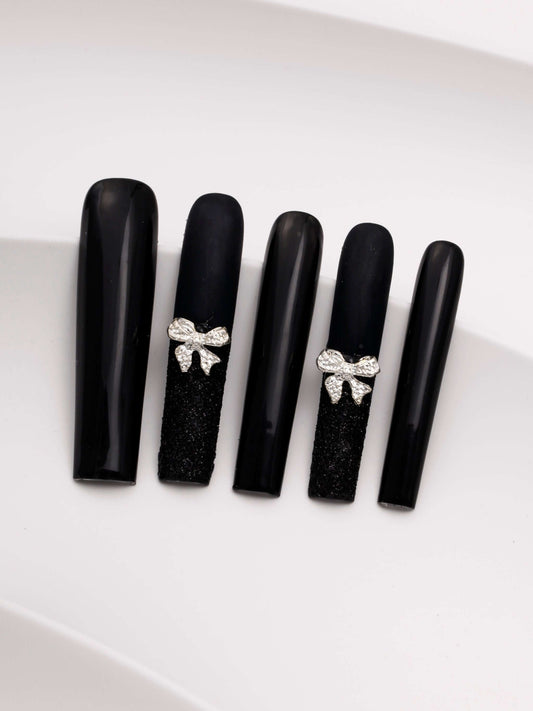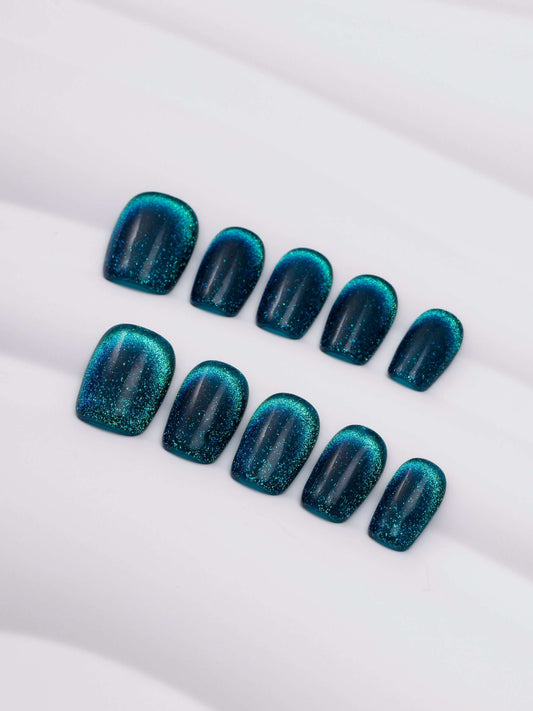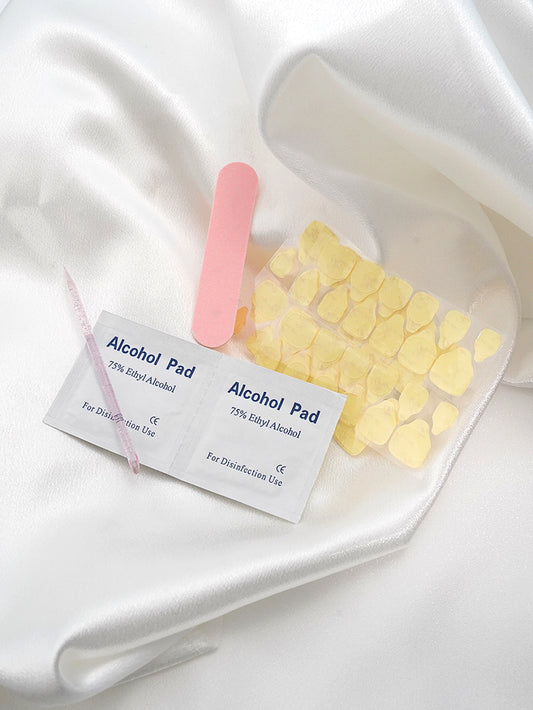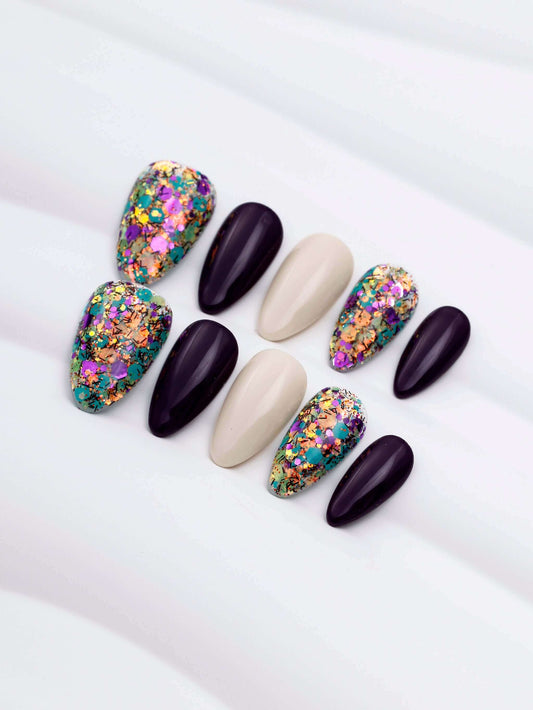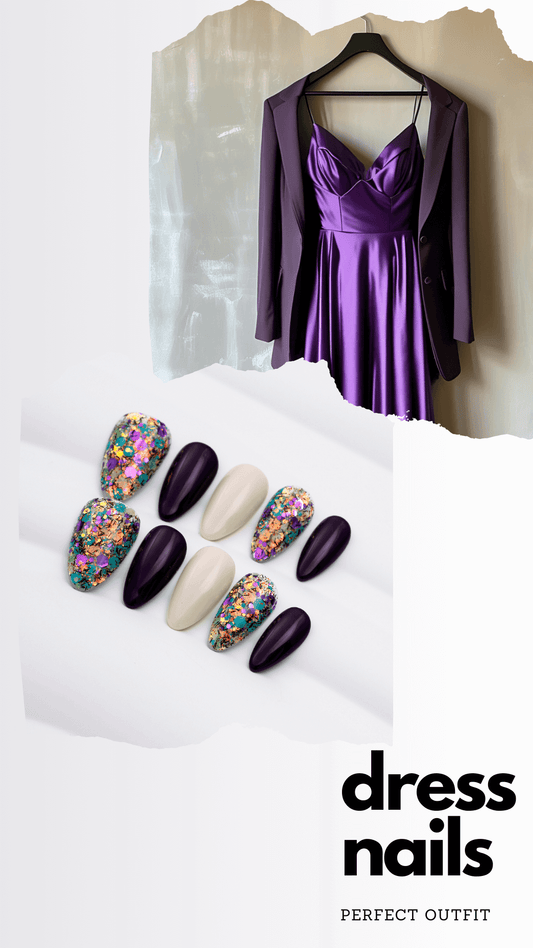1. Origins and Early Development (Early 20th Century-1970s)
The history of false nails dates back to ancient times, but the modern industry in the U.S. began in the early 20th century. Initially, false nails were mainly for professional use in beauty salons, with increasing popularity among niche markets as fashion began embracing longer, elegant nails. Early false nails were made from simple plastic or acrylic materials and lacked comfort.
By the 1970s, false nails began to attract attention through fashion trends, especially in Hollywood and among fashion models. These nails were typically glued onto natural nails, and decorative styles started to gain prominence. As consumer demand grew, beauty salons expanded their nail services, encouraging more women to use false nails as a means of achieving a refined look.
2. Industry Expansion and Technological Advancements (1980s-1990s)
The 1980s saw rapid growth in the false nail industry in the U.S., with significant advancements in materials and techniques. Acrylic nails became the dominant choice, offering enhanced durability and a variety of styles and colors. Beauty salon services became more specialized as nail art and designs like French manicures gained popularity.
During the 1990s, new materials such as UV gel nails entered the market, offering a lighter and more natural appearance compared to acrylic nails. The rise of home-use DIY nail kits further popularized false nails, allowing consumers to apply them independently, expanding the market beyond professional salons.
3. Innovation and Fashion Trends (2000s-2010s)
By the early 21st century, the U.S. false nail market became more fashion-forward and diversified. Gel nails, especially UV-cured gel nails, improved in durability and gloss. Nail designs closely followed fashion trends, with intricate nail art, embellishments, and sculptures becoming mainstream.
Discover the evolution of the false nails industry in the U.S., from early acrylic nails to modern eco-friendly press-ons. Learn about key innovations, fashion trends, and sustainability efforts shaping the future of false nailsDuring the 2010s, social media platforms like Instagram and Pinterest played a major role in shaping nail trends. False nails became a form of fashion expression, while press-on nails and DIY kits surged in popularity for their convenience and affordability. Brands like Glamermaid and Kiss capitalized on the growing DIY trend, offering a wide range of affordable, stylish press-on nails for home use.
4. Sustainability and Health-Conscious Trends (2020s and Beyond)
In recent years, growing awareness of health and environmental sustainability has influenced the false nail market. Consumers are demanding safer, non-toxic materials and eco-friendly products. Brands like HeyxNails have started offering reusable nails and sustainable alternatives to traditional acrylic and gel nails.
The COVID-19 pandemic also brought changes to the market, with many salons temporarily closed. Consumers turned to DIY press-on nails, which gained significant popularity for their ease of use and attractive designs. This period also saw an increase in demand for home-use nail kits, allowing consumers to enjoy salon-quality nails at home. Brand like HeyxNails provide custom nails service for whole world consumers with rich experience artisan's work, bringing the nails art onto a upper level.

